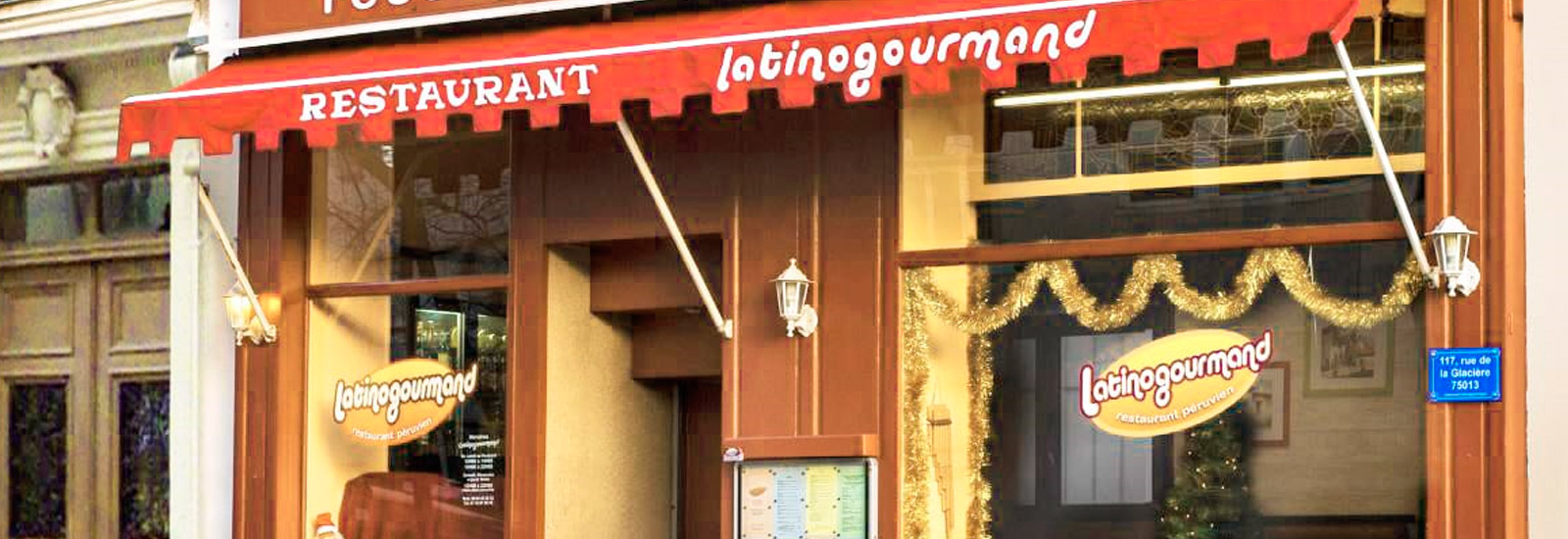Latinogourmand
A little bit of history
It is in 1995, during his long trips through Latin America, Europe and the United States of America, for work reasons, that Guillermo COOPER (Willy, for his friends), verifies for himself the richness and variety of Peruvian cuisine, apart from the noble products that accompany them, such as lucuma, purple corn, and a very diverse variety of potatoes. The result of the mix of almost 500 years of different cuisines, among which the most traces and flavors found are from the Inca cuisine, Spanish, Mediterranean, Turkish, Chinese Canton (for him historically one of the most important of the world), Italian, African, and Japanese All these arrivals with foreigners for different reasons have given, products, condiments, vegetables, cooking techniques, and conservation systems that have contributed to what we now proudly call cuisine Peruvian
To all this Peruvian and Latin American products that have contributed to food and world cuisine must be added. Products such as corn, potatoes, tomatoes, cocoa, peanuts, sweet potatoes, oca, yucca, pallar, caigua, huacatay, quinoa, tarwi, cañigua, oca, olluco, mamey, guaba, different varieties of squash, beans, peppers, and many others.
As he himself says when going out and trying other types of cuisine, “I realized, because of the fact that Peruvian cuisine was good, rich and varied and that once set at the level of world gastronomic standards could compete with the best of the world “years later thanks to the current initiated by Gastón Acurio, Peru’s top chef and recognized worldwide, that Peruvian cuisine would arrive at where it finds itself now, “recognized in many parts of the world “. This is how the idea of making a Peruvian restaurant in Paris and the acquisition of the first restaurant towards the year 1999 was born.

